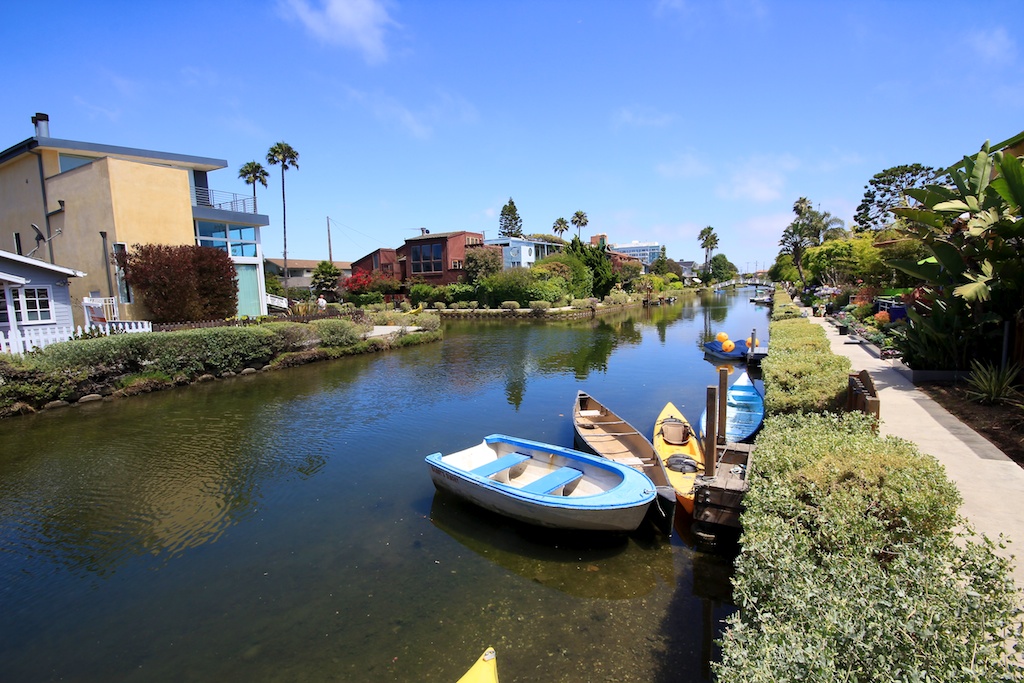A meeting will be held tomorrow, January 8, 2015, from 6 pm – 8 pm at Abbot Kinney Library to discuss the ramifications of the impending dual force main in Venice.
Will you be affected?
The City of Los Angeles Department of Public Works will construct a 54-inch diameter force main sewer to supplement the 48-in diameter force main sewer built in 1960. The sewer will originate at the Venice Pump Plant located on Hurricane Street and cross Grand Canal, travel east to Marquesas Way, then south along Via Marina crossing the Marina del Rey and Ballona Creek Channels to meet an existing Coastal Interceptor Sewer junction structure on Vista del Mar near Waterview Street.
The new force main is needed to avert a potential sewage spill that could occur resulting from an overflow or failure of the existing 54-year-old force main. The performance of the existing force main is of concern because:
- During severe wet weather, peak flows to the Venice Pumping Plant (VPP) have exceeded the capacity of the only existing force main conveying wastewater from the Plant to the Hyperion Treatment Plant. Without additional capacity, there is a risk of an overflow of sewage into city streets and surface waters.
- The existing force main has been in continued service for the past 54 years without any maintenance. To avoid a potential failure, redundancy is needed to allow for assessment of its condition and maintenance.
The new force main will cross the Grand Canal from the VPP at 140 Hurricane Street easterly to Marquesas Way, then southerly along Via Marina crossing the Marina Del Rey and Ballona Creek Channels to an existing coastal interceptor sewer junction structure on Vista Del Mar near Waterview Street via Pacific Avenue.
- The City Council certified the Final EIR on January 12, 2010, thereby approving the recommended alignment route.
- The project design is near completion and the permitting phase is underway.
- The construction phase, which is expected to be completed within three years, is anticipated to begin in November 2015.
The primary construction method is micro-tunneling. The southernmost 900 feet will require open trenching. Micro-tunneling between construction shafts that are approximately 1000 feet apart reduces the extent of traffic impacts.
January 8, 2015 @ 6:00 pm – 8:00 pm

























